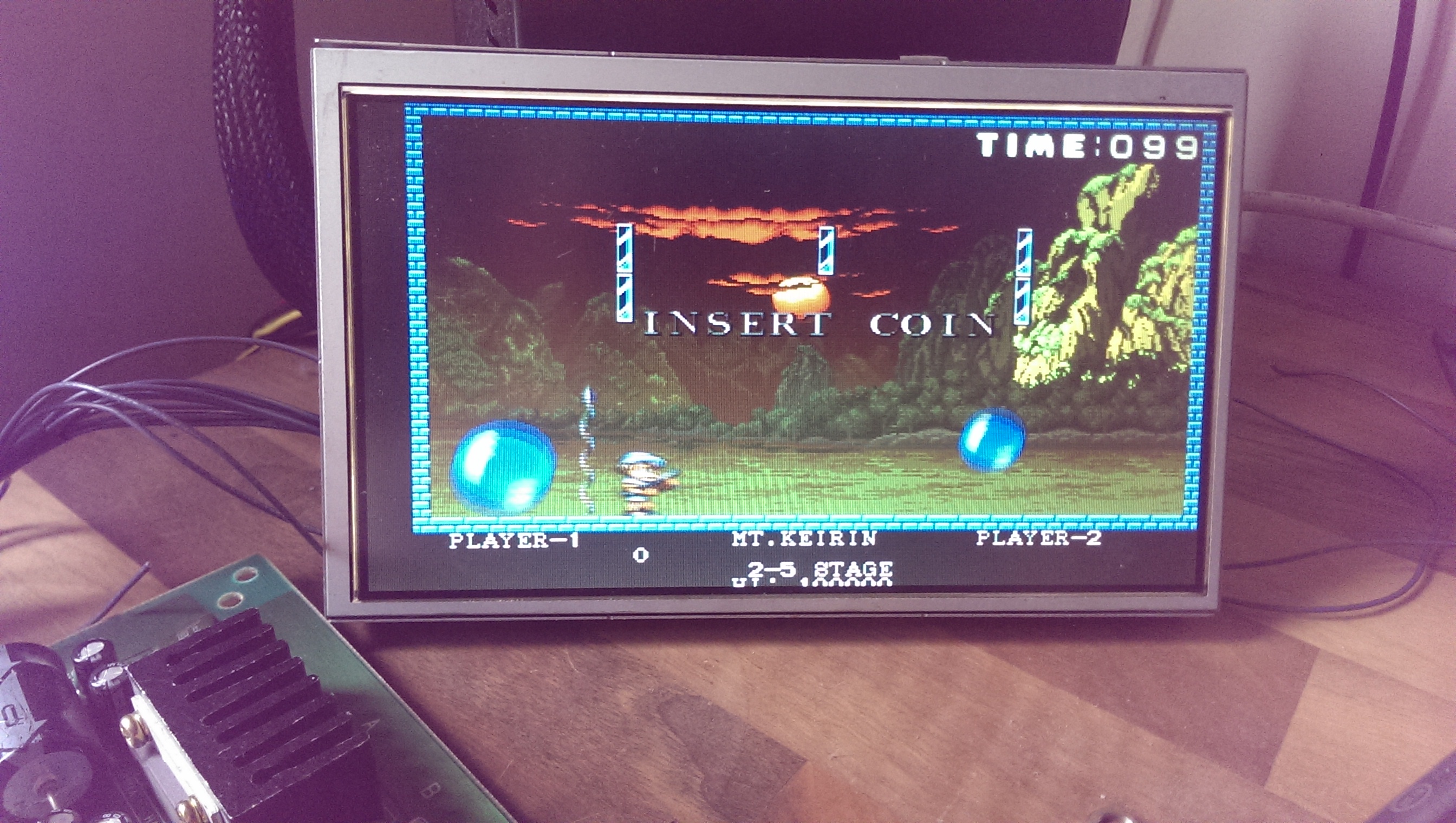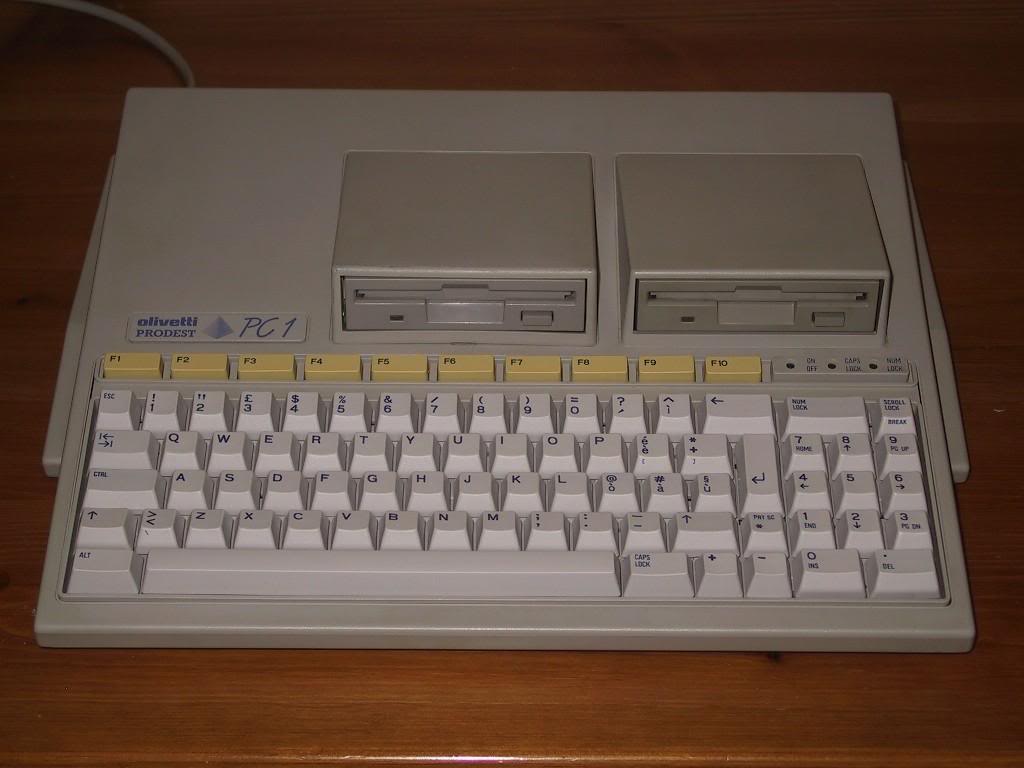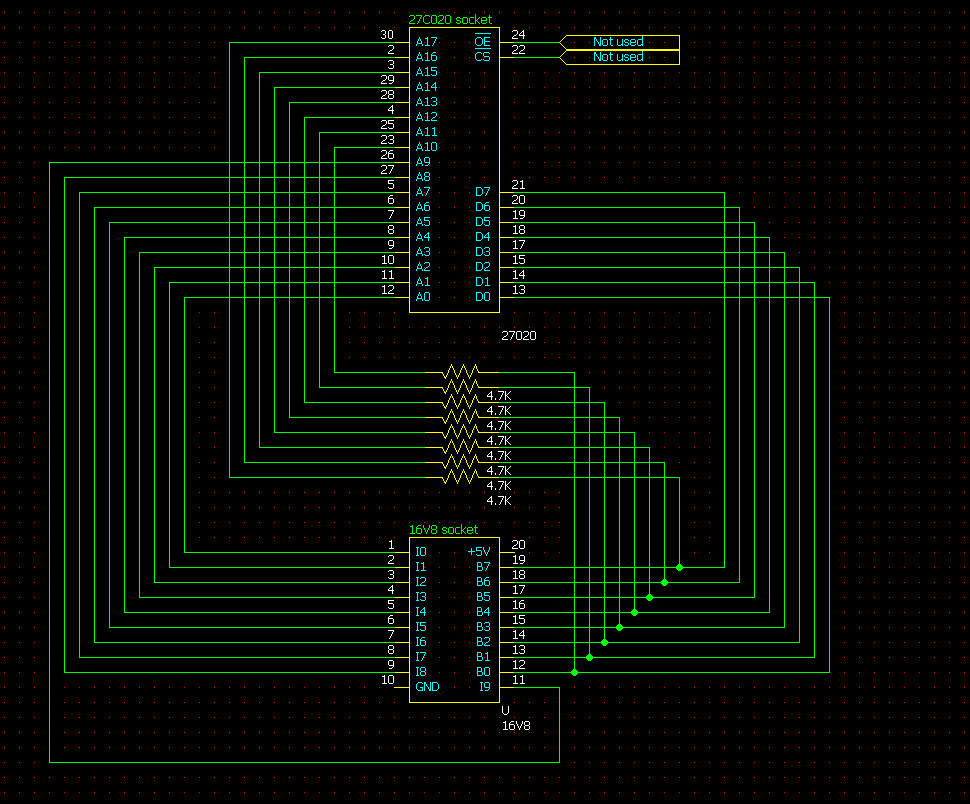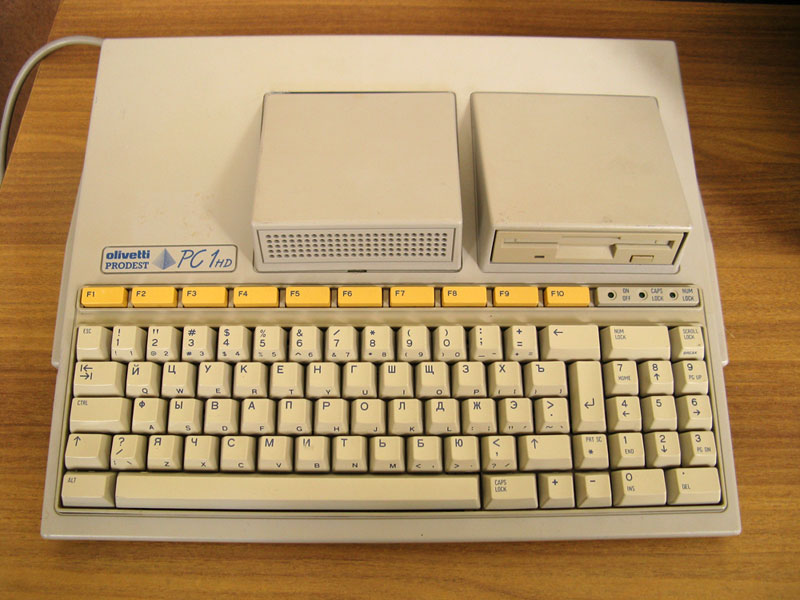Recently I was given a bunch of old programmers and things from a friend that was doing a clear out.
Among them was an old Hi-Lo System EPP-01A programmer which happened to have 3 x PALCE16V8 devices in it. All of them were locked and I don’t have the relevant ISA card to test the actual programmer out so these are untested. They don’t look too complicated though so im sure they will work just fine.
Nitro Ball PAL dumps added
Today, after repaired it, I dumped the five PAL16L8 on a DATA EAST Nitro Ball PCB (released in Japan as “Gun Ball”).They all match the ones from Dark Seal 2/Wizard Fire PCB except for the one located @K5 (no labels were on all PALs).Dumps have been tested as working in GAL16V8 targeting devices.I also reorganized these shared Data East PALs renaming them generically (like we already done for Konami and Taito PLDs).
Pang repair log #2
Got a friends Pang PCB here for repair.
He had carried out the ROM swap (made by ArcadeHacker) to desuicide it but he had no output although we could hear it playing blind.
The board is very clean and a visual check revealed nothing.
On powering the board up I got this screen
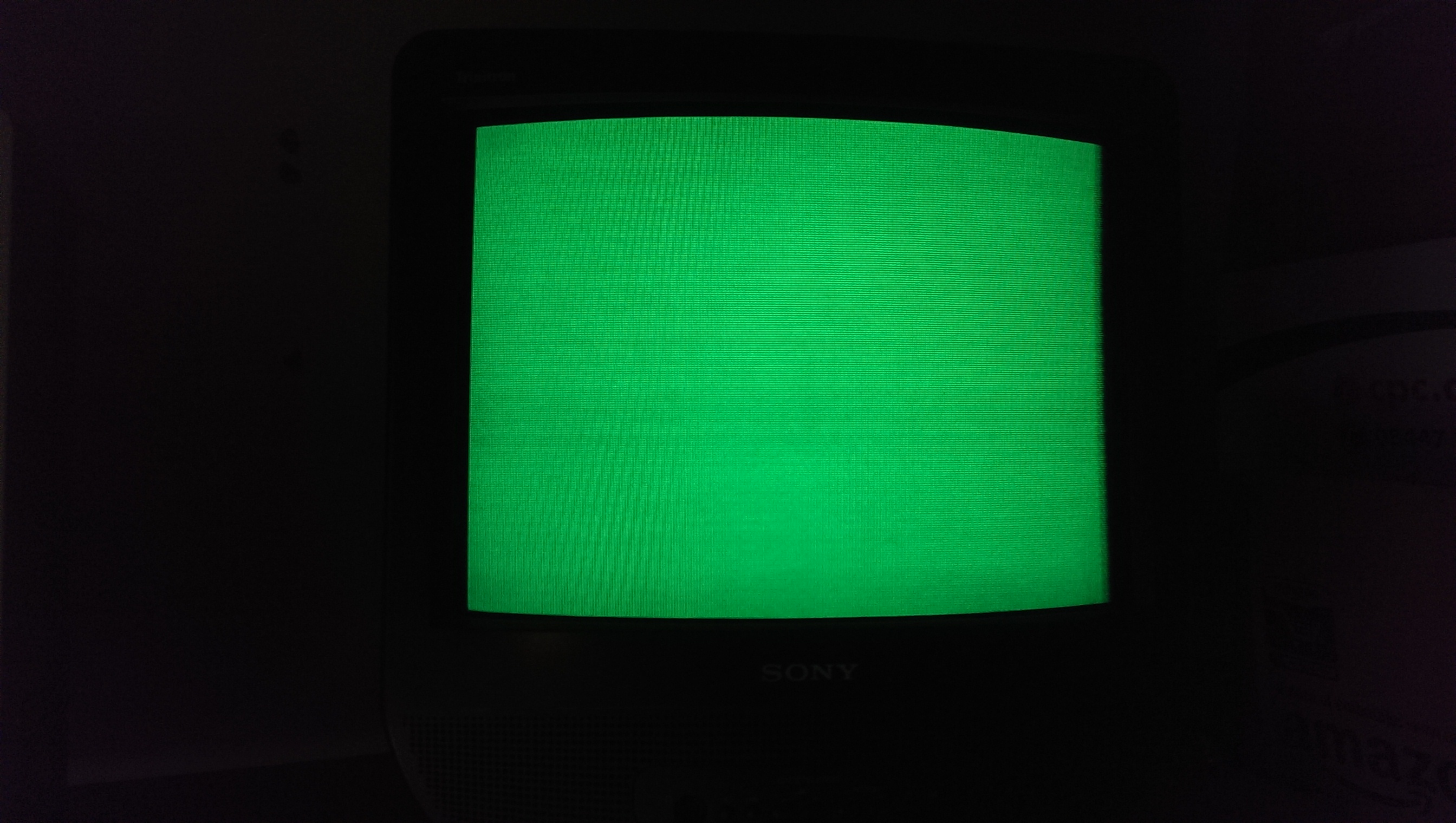
I could also hear the board did play blind so that’s a good sign.
I like to make little schematics for boards when I’m working on them and they don’t have any available and I quickly came up with this.
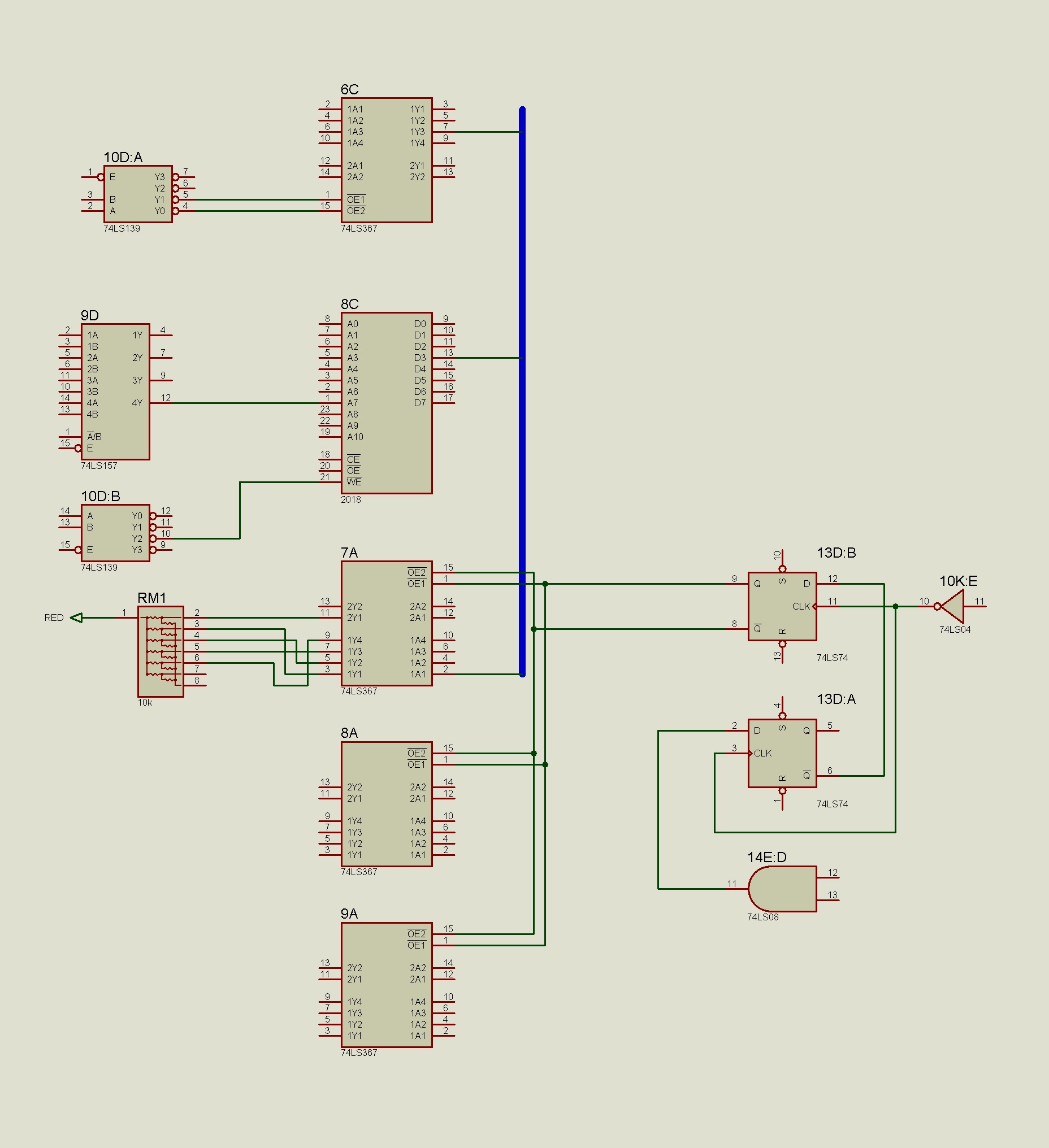
I started probing back from the RED pin on the JAMMA edge connector and soon came to a RAM chip at location 8C. Probing this chip and its counterpart gave me some odd looking signals which I got suspicious about.
These chips are CXK5814 SRAM chips and they seem the be the most unreliable RAM by comparison.
One of the RAM’s had all its data lines stuck LOW while the other chips data lines were all dead despite all the enable lines working as they should and the address lines active.
At this point I was certain they were dead but one last test was to ‘piggyback’ a known good RAM chip on top of the suspected bad one. I chose the one with the dead data lines to avoid potential contention and I got a partial image on screen.
I desoldered both the RAM chips and replaced them. I didnt have any spares in my RAM bin but found a couple of skinny 6116 RAM’s on a scrap bootleg board.
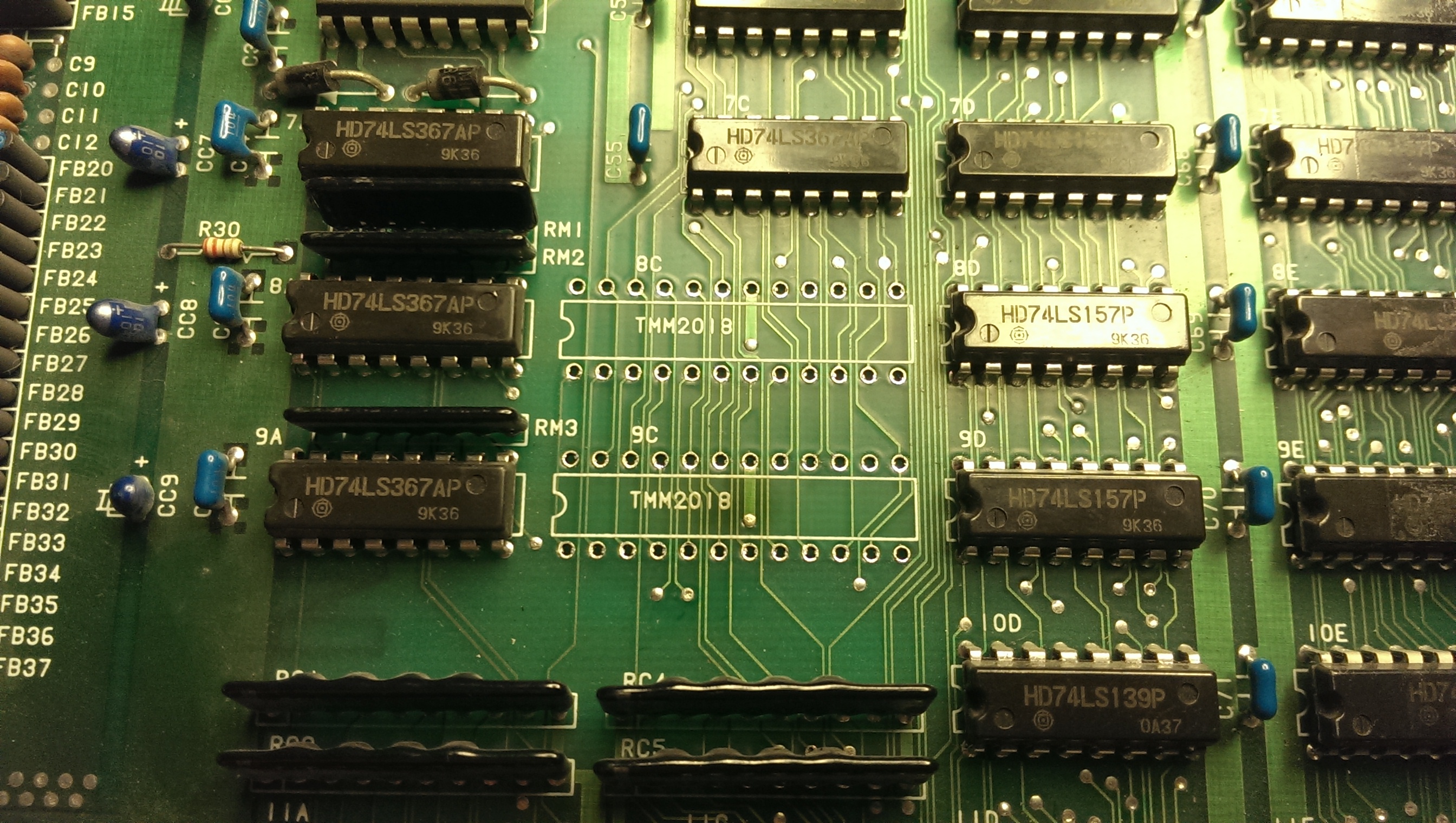
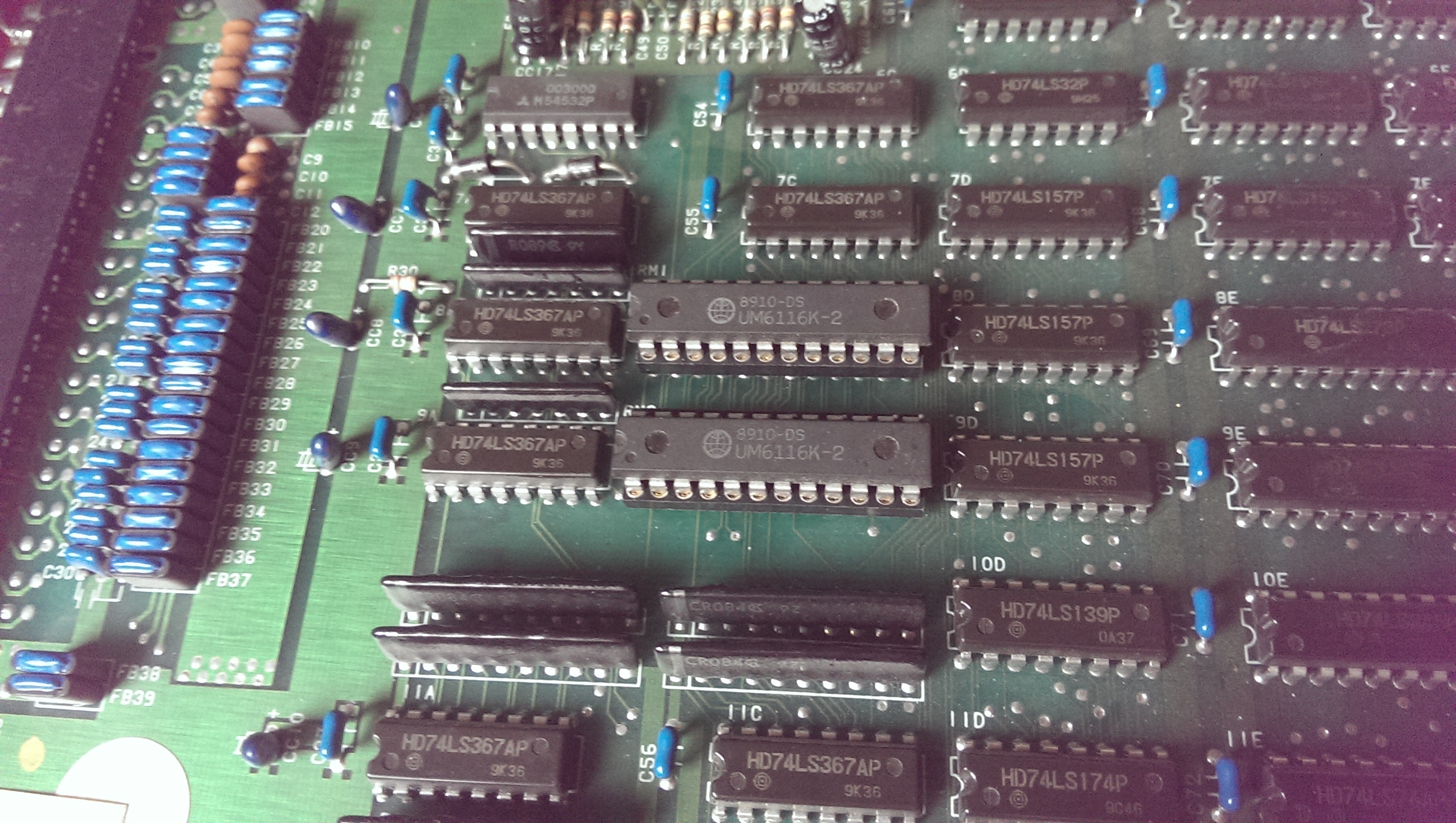
Fitting these I now got this wonderful sight.
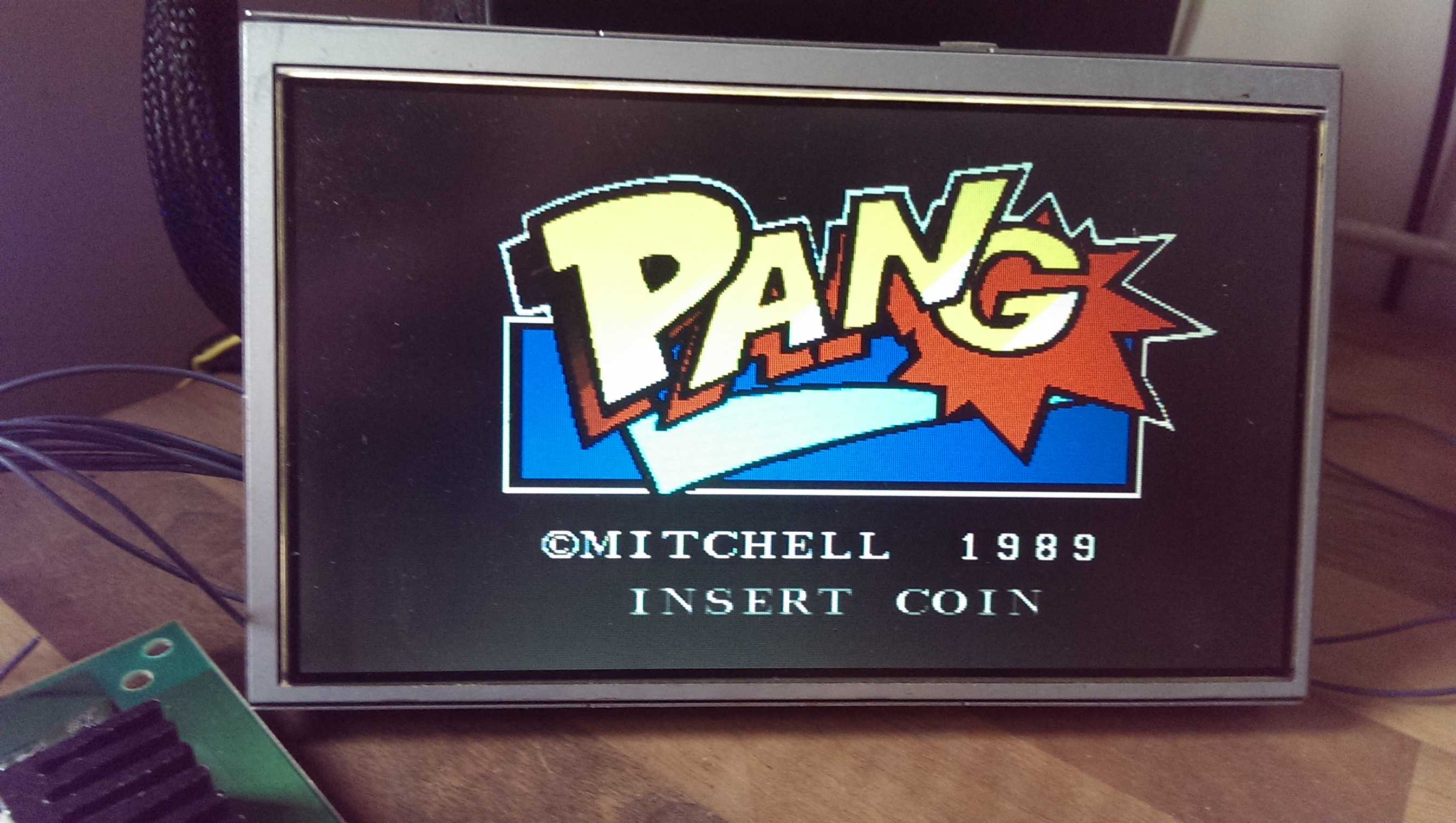
Job done.
Olivetti Prodest PC1-HD (HDD version) PAL dump added
As announced some days ago, we have another (and last) dump from Olivetti Prodest PC1-HD (the hard disk version).Binary dump of original PAL16L8 device was provided by José G. (JP-Retro ,JOSÉ GONÇALVES E PAULO SOUSA Group) and we took care of reversing its equations into a GAL16V8 replacement.Dump has been tested as working by José G, thanks to him and all other guys of Olivetti Prodest group.
Olivetti Prodest PC1-DFD (double FDD version) PAL dumps added
In the past days me and Porchy were contacted by José G. (JP-Retro ,JOSÉ GONÇALVES E PAULO SOUSA Group).They are a group of “aficionados” of Olivetti Prodest PC1, a vintage home computer released in the 1988.You can read more about it here:
https://www.seasip.info/VintagePC/prodestpc1.html
There is a Facebook group as well:
https://it-it.facebook.com/OlivettiProdestPC1
He asked us for some help to reverse some secured PLDs (PAL16L8) present on the motherboard of his Olivetti Prodest PC1-DFD (double FDD version) :
So, we suggested him to build a simple adapter (designed by Charles MacDonald, all credits to him) to read them as 27C020 EPROM in a regular programmer:
He succeeded to get the proper binay 256KB dumps so we took care to analyze them and reverse their equations into GAL16V8 replacement devices.Dumps have been successfully tested by José G.
Thanks to him and long live to the Olivetti Prodest PC1!
P.S.
There is a third PAL to be dumped and reversed , this one comes from the HDD version of Olivetti Prodest PC1:
Chip is on the way to be delivered to José G. so stay tuned for further update.

